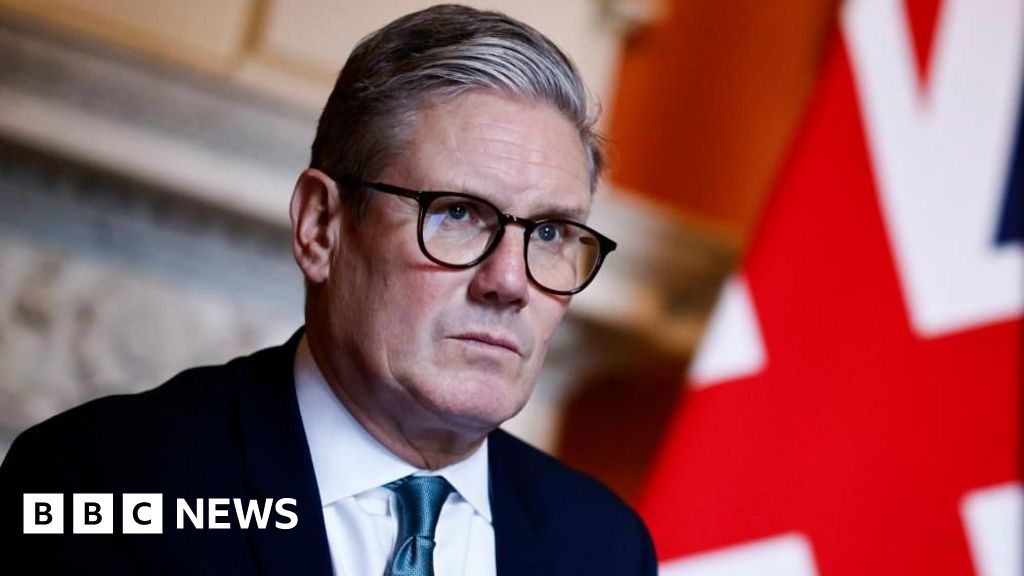UK government borrowing rose by more than expected last month following a big increase in debt interest payments.
Borrowing - the difference between public spending and tax income - was £20.7bn in June, up £6.6bn from the same month last year, the Office for National Statistics (ONS) said.
The UK statistics body said higher spending on public services and debt interest payments outstripped revenue from other taxes including National Insurance which was lifted in April.
The larger-than-forecast figure will fuel speculation about tax rises in the forthcoming Budget after the government was forced to reverse its cuts to benefits that had been aimed at saving billions of pounds.
It was the second-highest June borrowing figure since monthly records began in 1993, the ONS added, behind only June 2020, which was heavily affected by the pandemic.
Dennis Tatarkov, senior economist at KPMG UK, said the data "piles more pressure on public finances".
He said: "Furthermore, the longer-term outlook for public finances remains difficult. Recent U-turns on welfare and persistent growth headwinds could open a gap against fiscal targets, which could require further tax rises or spending cuts in the Autumn Budget."
The ONS said interest payments on government debt rose to £16.4bn in June 2025, which was nearly double the amount paid at the same point last year.
Borrowing in the first three months of the current financial year has now reached £57.8bn, up £7.5bn from the same period in 2024.
Darren Jones, Chief Secretary to the Treasury, said: "We are committed to tough fiscal rules, so we do not borrow for day-to-day spending and get debt down as a share of our economy."
.png)
 4 months ago
12
4 months ago
12








 English (US) ·
English (US) ·